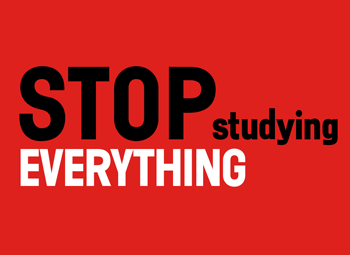Currently, fundraising in the nonprofit sector uses a “donor-centric” model in which donors’ preferences for the organization’s direction are often prioritized over community needs. In the technology realm, donor centrism demands nonprofits’ use of advanced CRM systems to carefully track donors. Community-centric fundraising has emerged as an alternative that prioritizes community needs and social justice. Community-centric fundraising not only has the power to strengthen the fundraising profession as a form of activism, but its successful implementation means that the marginalized communities our organizations seek to serve will receive the attention, care, and justice they deserve.
Emerging Digital Fundraising Pathways: Survey Results & Recommendations, Part 5 of 5
As we conclude our series on Emerging Technologies for fundraising, we are excited for the opportunities facing the arts sector. As noted in early parts, digital giving is growing at a faster rate than individual giving overall, thus it is critical for fundraising professionals to develop or continue to engage in new digital pathways. The findings and recommendations from the national survey are below with our full report available here or for download in the publications section linked above and organized by content category.
White Paper Wednesday: Silicon Valley Philanthropy
New Publication: Silicon Valley Struggle
In the 21st century, wealth is beginning to concentrate in new fields like technology as opposed to traditional industries. With this in mind, how can arts organizations go about soliciting financial support from this new class of wealthy-elite? This white paper by Jennifer Moreci answers this question by looking at current patterns in philanthropy and specific strategies for engaging donors in Silicon Valley. Read the full report here.
How Socially Responsible Spending is Replacing Traditional Philanthropy
You would be hard pressed to find any person who has visited a grocery store or movie theater that has not been asked to donate an additional dollar for charity on top of their purchase. It’s become a widely accepted, near expected, practice in contemporary consumer culture. Capitalizing on existing buyer behavior is not just easy- it’s smart. However, the model has advanced far beyond adding a few dollars onto a popcorn purchase at the cinema. It has emerged as a way for organizations to capture financially strapped young donors, and generate creative revenue streams as traditional philanthropic avenues face increased competition.
National Satisfaction with GMS Software
Today, an administrator has the ability to manage the entire granting lifecycle through a grants management system (GMS), including applicant relations, panelist reviews, and fund distributions. Online storage available through cloud computing and software with fewer hardware requirements have increased GMS product capabilities. And the ability for a GMS to interact with other systems, such as payment portals and accounting systems, has further made management of the grant lifecycle within a GMS easier. For many of today’s grant-making organizations, GMS software is an essential tool in day-to-day activities.
Grants Management Systems: Primer for Best Practices, Part 4
State arts agencies need to report not only to NASAA and the NEA, but also to other entities, such as state legislatures and the general public. These reports communicate impact to all stakeholders within the agency and across its jurisdiction. A GMS’s querying and reporting capabilities impact how this information is accessed and, ultimately, understood.
Grants Management Systems: Primer for Best Practices, Part 3
With grants management systems, the whole application process can be done online. To accommodate the needs of a diverse pool of reviewers, the system should allow them to view each application online and to access and download each application in a printer-friendly format. Grants managers should take full advantage of GMS panel review features by incorporating funding formulas (weight and average calculations) to the evaluation forms that reviewers fill out and then having reviewers input their final scores into the system.
Grants Management Systems: Primer for Best Practices, Part 2
As data becomes increasingly necessary for art agency reporting requirements, great pressure exists among staff members to collect as much as possible, and as soon as possible. But collecting data without a clear purpose places a burden on the applicants that have to gather it and grant managers who need to interpret it.
Data That Matters: Three Metrics to Grow Audience Relationships
This article is cross-posted on the blog Analysis from TRG Arts.
With the arts and cultural annual conference season in full swing, we’re thrilled to see the priority that integrated patron loyalty now has in field dialogue. Prioritizing patronage can have a real impact—on year-over-year revenues, the volume of people attending and visiting arts and cultural organizations, organizational relevance, and more.















